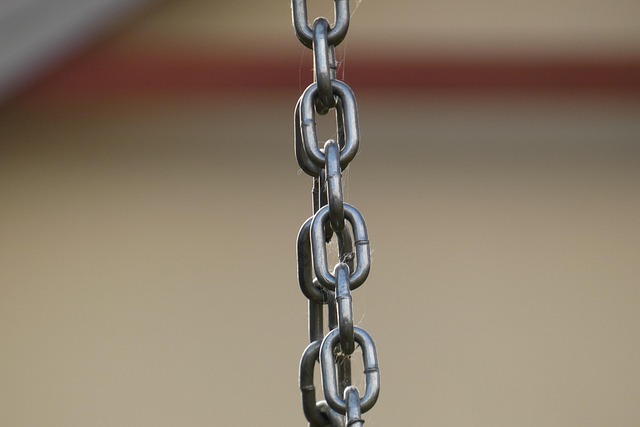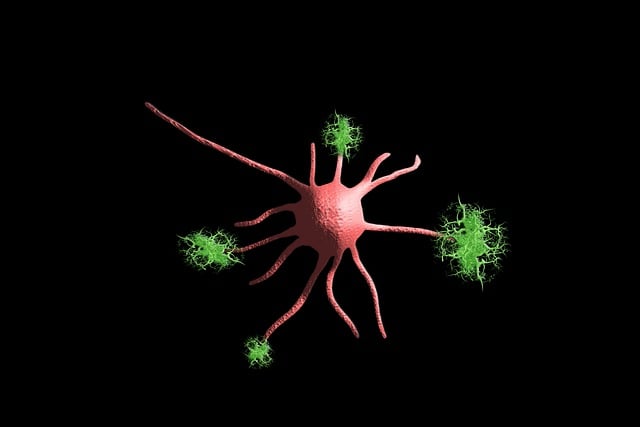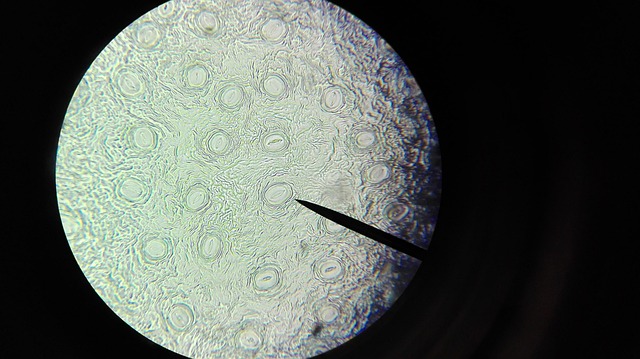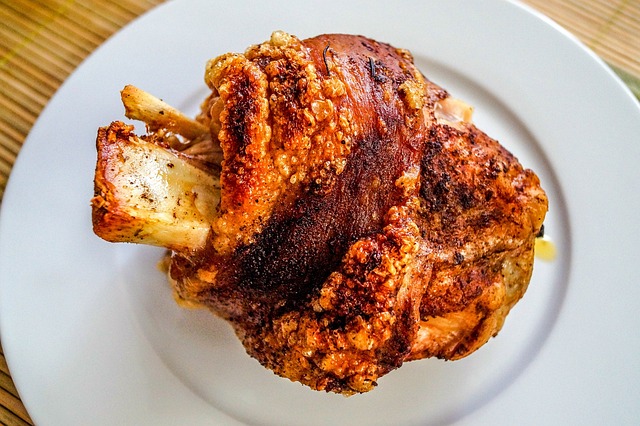Fat freezing (cryolipolysis) is a non-invasive body contouring treatment that uses controlled cooling to freeze and destroy specific fat cells, causing their breakdown and eventual elimination by the body. Targeted areas include abdomen, love handles, outer thighs, upper arms, and underarms. The procedure is popular for its precision, minimal recovery time, and safety when performed by qualified professionals. Side effects are temporary (redness, swelling, bruising) and can be managed with over-the-counter pain relievers. Results vary based on body type and adherence to lifestyle changes; regular follow-up treatments may be needed. Choosing a reputable provider and proper post-treatment care are crucial for optimal outcomes and preventing adverse reactions.
Fat freezing, or cryolipolysis, offers a non-invasive way to target stubborn fat deposits. This article delves into the science behind freeze fat cells technology, exploring how it works to reduce fat in specific areas without surgery. We’ll guide you through understanding treatment options, safety, procedure expectations, side effects, choosing a qualified provider, and long-term maintenance for optimal results. Discover how fat freezing can help achieve your desired body shape.
Understanding Fat Freezing: A Non-Invasive Approach

Fat freezing, or cryolipolysis, is a non-invasive procedure that has gained popularity as a body contouring solution for stubborn fat areas that resist diet and exercise. This innovative treatment targets and crystallizes specific fat cells, causing their breakdown and subsequent elimination by the body’s natural processes.
The process involves applying controlled cooling to the targeted fat areas, typically the abdomen, love handles, or outer thighs. This cold temperature triggers a natural defensive response in the fat cells, causing them to shrink and eventually die. As these frozen fat cells are processed by the body, they leave behind smoother, contoured results without the need for surgical incisions or recovery periods often associated with more invasive procedures.
How Freeze Fat Cells Target Stubborn Fat Deposits?

Fat freezing, also known as cryolipolysis, is a non-invasive procedure that targets and breaks down fat cells in specific areas. This method works by cooling the targeted fat to temperatures below -13°F (-25°C), causing the fat cells to crystallize and subsequently die. Once these dead fat cells are processed by the body, they’re eliminated through natural processes, leading to a reduction in stubborn fat deposits.
The precision of freeze fat cells makes it an effective solution for areas of the body that are typically harder to tone through traditional exercise and diet. By targeting deep abdominal fat, love handles, upper arms, and other problem zones, this procedure offers a non-surgical alternative for those seeking body contouring.
Common Areas for Fat Freezing Treatments

Fat freezing treatments have gained popularity as a non-invasive way to reduce stubborn fat in specific areas. When it comes to common target zones, there are several body parts that often see high demand for freeze fat cell procedures. These include the abdomen, love handles, outer and inner thighs, buttocks, and even underarm fat. Each of these areas presents unique challenges when it comes to toning and shaping, making fat freezing an appealing option for those seeking a more defined silhouette without surgery.
The procedure involves using cooling technology to target and freeze specific fat cells, leading to their natural elimination from the body. This targeted approach allows for a significant reduction in fat deposits while preserving surrounding skin and other tissues. As such, fat freezing is often sought after by individuals looking to achieve a slimmer, more contoured appearance without extensive recovery time or incisions.
The Science Behind Cryolipolysis Technology

Cryolipolysis, the technology behind fat freezing treatments, is a non-invasive procedure that selectively targets and freezes fat cells. This process leverages the principle that fat cells are more susceptible to cold than other cell types in the body. During a session, a cooling mechanism is applied to targeted areas, causing fat cells to crystallize and eventually die. This natural process occurs over several weeks as the body metabolizes and removes the destroyed fat cells.
The technology uses precise temperature control to ensure only the fat cells are affected, minimizing damage to surrounding tissues. This non-surgical approach makes it a popular choice for those seeking to eliminate stubborn fat deposits without incisions or recovery time. As the treated area heals, the body eliminates the frozen fat cells, leading to a slimmer silhouette and improved body contour.
Is Fat Freezing Safe and Effective?

Fat freezing, also known as cryolipolysis, is a non-invasive procedure that has gained popularity for its potential to target and reduce stubborn fat deposits. This method works by cooling and crystallizing fat cells, causing them to break down and be naturally eliminated from the body. The process is generally considered safe when performed by qualified professionals using approved equipment.
The effectiveness of fat freezing lies in its ability to selectively target fat cells without damaging surrounding tissues. While it may not yield results as rapid as surgical procedures, fat freezing offers a less invasive alternative with minimal downtime. Clinical studies have shown promising outcomes, demonstrating significant reductions in fat cell volume in treated areas. However, individual results can vary based on factors like body type, skin thickness, and adherence to post-treatment care instructions.
What to Expect During and After the Procedure

During the fat freezing procedure, a specialist will apply a cooling device to targeted areas, aiming to freeze and destroy fat cells. This process is usually non-invasive and pain-free, with some individuals experiencing a tingling or numbing sensation. The treatment itself takes around one to two hours, depending on the area being treated and the number of sessions required. After the procedure, it’s common to feel mild discomfort or sensitivity in the treated areas, similar to a sunburn, which typically subsides within a few days.
In the weeks following the fat freezing session, your body will naturally process and eliminate the frozen fat cells. This can result in a reduction of fat in the treated areas. It’s important to remember that fat freezing is most effective for localized fat reduction and may not produce dramatic overall weight loss. Results may vary from person to person, and multiple sessions are often needed to achieve optimal results.
Potential Side Effects and How to Manage Them

Fat freezing, while generally safe, isn’t without potential side effects. One common issue is temporary redness, swelling, or bruising at the treatment area, which usually subsides within a few days. Some individuals may experience discomfort or mild pain during and after the procedure, but these symptoms can be managed with over-the-counter pain relievers.
Another consideration is that results may vary from person to person. Not everyone will achieve the same level of fat reduction. Additionally, maintaining long-term results requires lifestyle changes, including a healthy diet and regular exercise. Regular follow-up treatments might be necessary for optimal outcomes. If any adverse reactions persist or worsen, it’s essential to consult your healthcare provider promptly.
Choosing a Qualified Provider for Optimal Results

When considering fat freezing as a non-invasive body contouring solution, selecting a qualified and experienced provider is paramount for achieving optimal results. Look for practitioners who are board-certified or have extensive training in dermatology, medicine, or esthetics. These professionals will not only have a deep understanding of the science behind freeze fat cells but also be adept at tailoring treatments to individual needs.
A reputable provider will offer advanced equipment and adhere to strict safety protocols. They should provide detailed consultations, answering all your questions and addressing concerns. Additionally, they must be able to deliver personalized aftercare instructions to ensure the best possible outcomes post-treatment.
Maintenance and Long-Term Care After Fat Freezing

After undergoing fat freezing procedures, proper maintenance and care are essential to ensure optimal results and prevent any potential side effects. The first step in long-term care is to maintain a healthy lifestyle. This includes a balanced diet low in calories and processed foods, along with regular physical activity. By keeping your body in a caloric deficit, you can help solidify the results achieved through fat freezing, as it targets and reduces stubborn fat cells.
Additionally, staying hydrated is crucial. Drinking ample water supports overall health and aids in flushing out toxins. It also helps to maintain skin elasticity, which can be affected by rapid weight loss or fluctuations. Avoiding excessive alcohol consumption and protecting your skin from prolonged sun exposure are further measures to consider. Regular check-ins with a healthcare professional can also help monitor progress and provide guidance tailored to individual needs.
